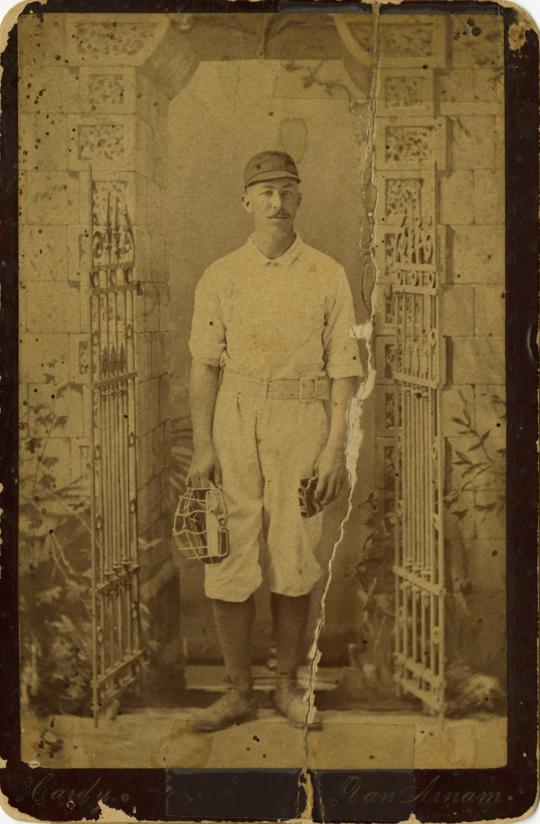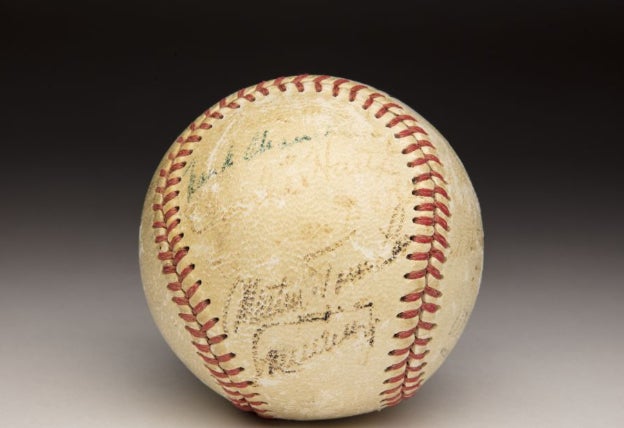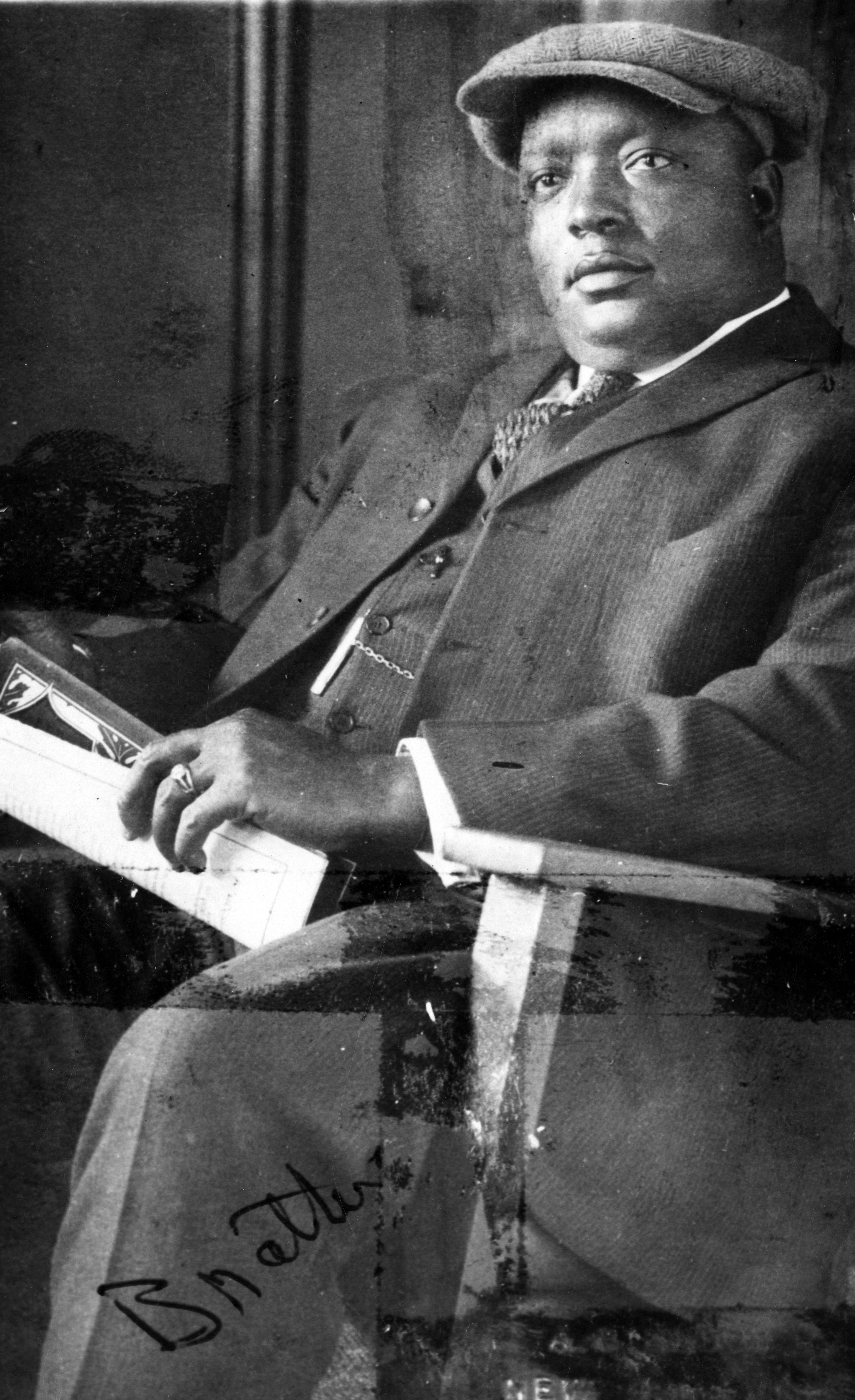- Home
- Our Stories
- #Shortstops: Cincinnati Pitcher Was Best Batter
#Shortstops: Cincinnati Pitcher Was Best Batter
In 1893, after spending a number of years playing for minor league teams, hurler Tom Parrott became the second ballplayer from Oregon to make it to the major leagues (the first was his brother, Jiggs).
Although he started the season with Birmingham in the Southern Association, Parrott moved on to Cincinnati in June when his contract was sold to the Cincinnati Reds.
Hall of Fame Membership
There is no simpler, and more essential, way to demonstrate your support than to sign on as a Museum Member.
Although 1894 started on a high note with Parrott earning the win over the Chicago Colts in Cincinnati’s first game of the year, the rest of the season was a challenge, as the Reds finished 10th in the National League with a 55-75 record. Parrott went 17-19 and apparently began to experience shoulder issues midway through the year.
Following the 1894 season, the club attempted to turn things around and began climbing out of their hole in 1895. Led by future Hall of Famer player/manager Buck Ewing, the Reds fought their way to eighth place and won almost a dozen more games than they did the previous season. But Parrott’s pitching suffered and the hurler posted a 5.47 ERA with 11 wins and 18 losses.
With those stats, Cincinnati fans and newspapers began to question Parrott’s pitching and his dedication to the game. In the “Baseball Gossip” column of the Cincinnati Enquirer on Sept. 3, 1895, an opinion was stated that “Tom Parrott is outclassed… He might do in a minor league, but his days of usefulness as a member of the Reds is past…”
Despite the concerns about his pitching game, Parrott had a fantastic offensive season in 1895. In 201 at-bats, the hard-hitting pitcher had 69 hits, including 13 doubles, seven triples and three homers. His .343 batting average led both the pitchers and the position players of the Reds. After the season was over, Parrott was given a copper and gold medal for his efforts at home plate.
The pin, which was donated to the National Baseball Hall of Fame and Museum’s collection in 2019, measures 1 1/4” wide and 2” long. The medallion hangs by a jump ring from a banner with Parrott’s name and features an image of a player holding a bat and is inscribed with the words “BEST BATTER.” The back is stamped with “Prest. by Oskamp Nolting & Co.” (a Cincinnati-based department store that was founded in 1881 and lasted until 1980).
Research is still ongoing to determine if the Reds commissioned the award for Parrott from Oskamp Nolting or if the department store presented him with the pin.
Although Parrott helped Cincinnati with his bat skills, it was not enough for the club to keep him for another season. Following the season, the club’s president, John T. Brush, traded the pitcher and three of his Reds teammates to St. Louis in return for catcher Heinie Pietz and right-hander Red Ehret.
Parrott barely pitched in 1896, instead patrolling the outfield for St. Louis. Following the season, Parrott left the big leagues, but continued playing baseball for various affiliated and unaffiliated minor league teams until 1907. He eventually moved back to Oregon where he lived until his death in 1932.
His obituary, published in the Newberg Graphic on January 7, 1932, highlights his playing career and how he was presented with “a gold medal for leading the Cincinnati team one season in hitting.”
Gabrielle Augustine is a curator at the National Baseball Hall of Fame and Museum







